May 24, 2018
Gallery: WeWork announces the opening of its flagship location in India
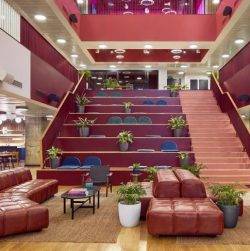 WeWork has announced its first flagship Indian location in Bengaluru. WeWork Galaxy is located on the site of the former Galaxy Theatre, and features a rooftop terrace with a pool and gym in addition to a mix of shared and private offices, which are designed around a 5-storey communal atrium. Bengaluru is India’s tech capital and one of the country’s leading cultural and economic hubs and so WeWork see it as a perfect fit for their coworking model. Created by the in-house design team, the goal was to create a space that ‘felt open, yet communal and intimate for members and guests, by creating individual programming and design moments within the atrium space’.
WeWork has announced its first flagship Indian location in Bengaluru. WeWork Galaxy is located on the site of the former Galaxy Theatre, and features a rooftop terrace with a pool and gym in addition to a mix of shared and private offices, which are designed around a 5-storey communal atrium. Bengaluru is India’s tech capital and one of the country’s leading cultural and economic hubs and so WeWork see it as a perfect fit for their coworking model. Created by the in-house design team, the goal was to create a space that ‘felt open, yet communal and intimate for members and guests, by creating individual programming and design moments within the atrium space’.




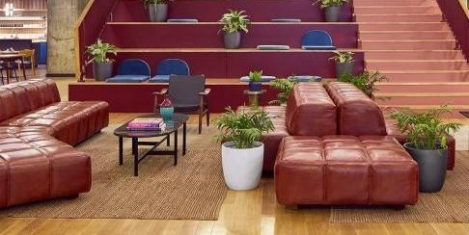
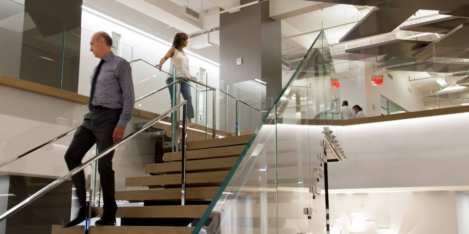
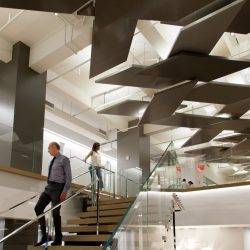
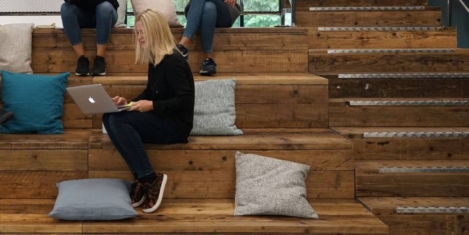
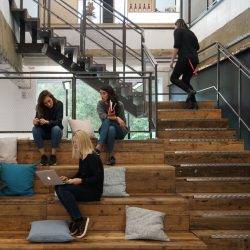

 Organisations are failing to get the basics right when it comes to providing the digital and virtual systems that support employees in their roles, despite an evolving technological landscape and rise in flexible working, a new report has claimed. Data released by Leesman analyses how organisations can better support employees by offering the technology tools and infrastructure that enable people to work in a flexible way. In Deloitte’s 2018 Tech Trends report issued at the beginning of 2018, there was a heightened focus on how disruptive technologies will help businesses achieve larger strategic and operational goals and drive greater value. It predicted that within the next two years, more companies will embrace the emerging ‘no-collar workforce’ trend by redesigning jobs and reimagining how work gets done in a hybrid human-and-machine environment. However, Leesman’s findings show that, as of yet, organisations are failing to get the digital basics right. According to its latest dataset (Q1 2018) 23 percent do not agree that they have the technology tools and infrastructure that enable them to work in different locations across the office or from different locations outside of the office.
Organisations are failing to get the basics right when it comes to providing the digital and virtual systems that support employees in their roles, despite an evolving technological landscape and rise in flexible working, a new report has claimed. Data released by Leesman analyses how organisations can better support employees by offering the technology tools and infrastructure that enable people to work in a flexible way. In Deloitte’s 2018 Tech Trends report issued at the beginning of 2018, there was a heightened focus on how disruptive technologies will help businesses achieve larger strategic and operational goals and drive greater value. It predicted that within the next two years, more companies will embrace the emerging ‘no-collar workforce’ trend by redesigning jobs and reimagining how work gets done in a hybrid human-and-machine environment. However, Leesman’s findings show that, as of yet, organisations are failing to get the digital basics right. According to its latest dataset (Q1 2018) 23 percent do not agree that they have the technology tools and infrastructure that enable them to work in different locations across the office or from different locations outside of the office.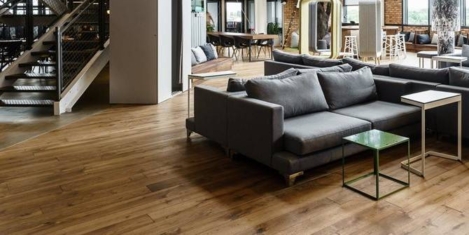
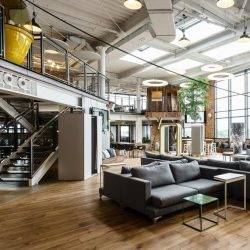
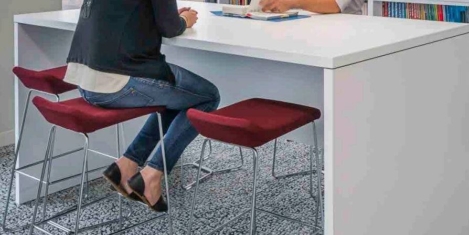
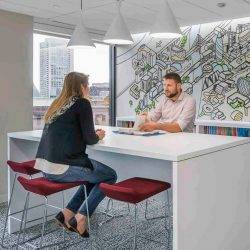
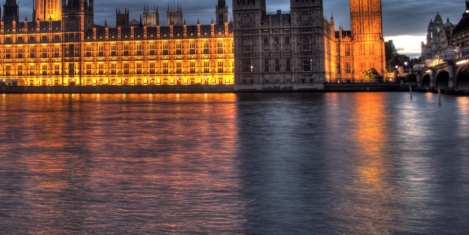





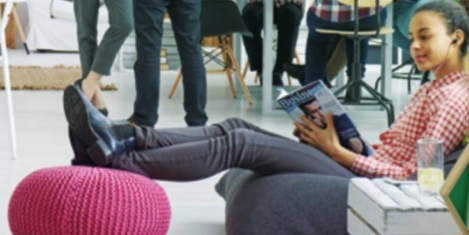
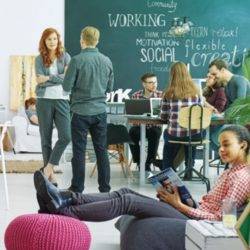
















May 18, 2018
The toxic workplace is not only about culture, but is a very real physical problem
by Johanna Ljunggren • Comment, Environment, Workplace design
More →